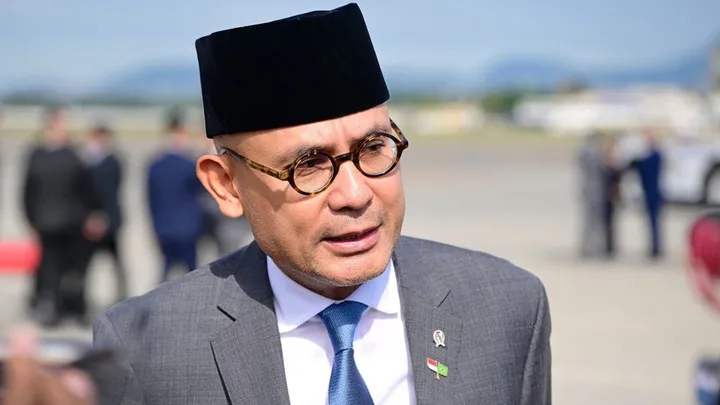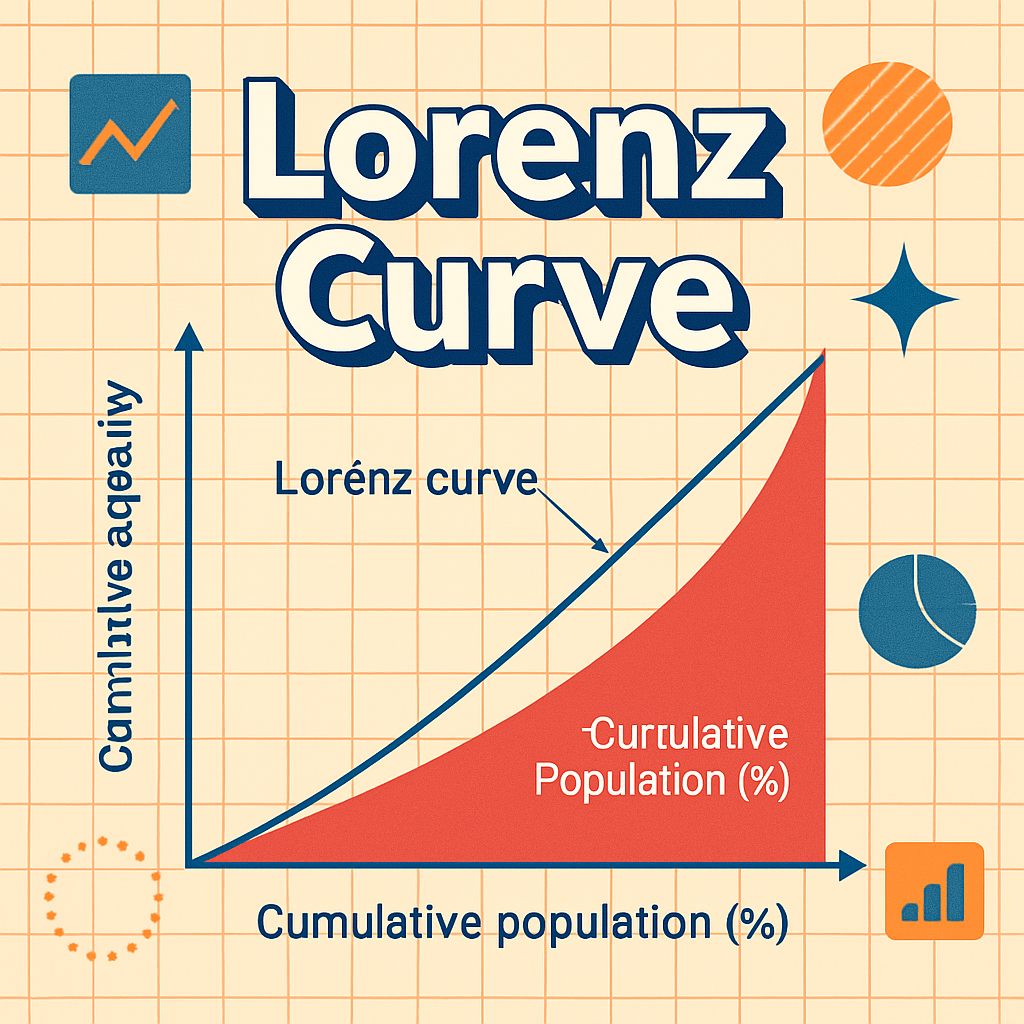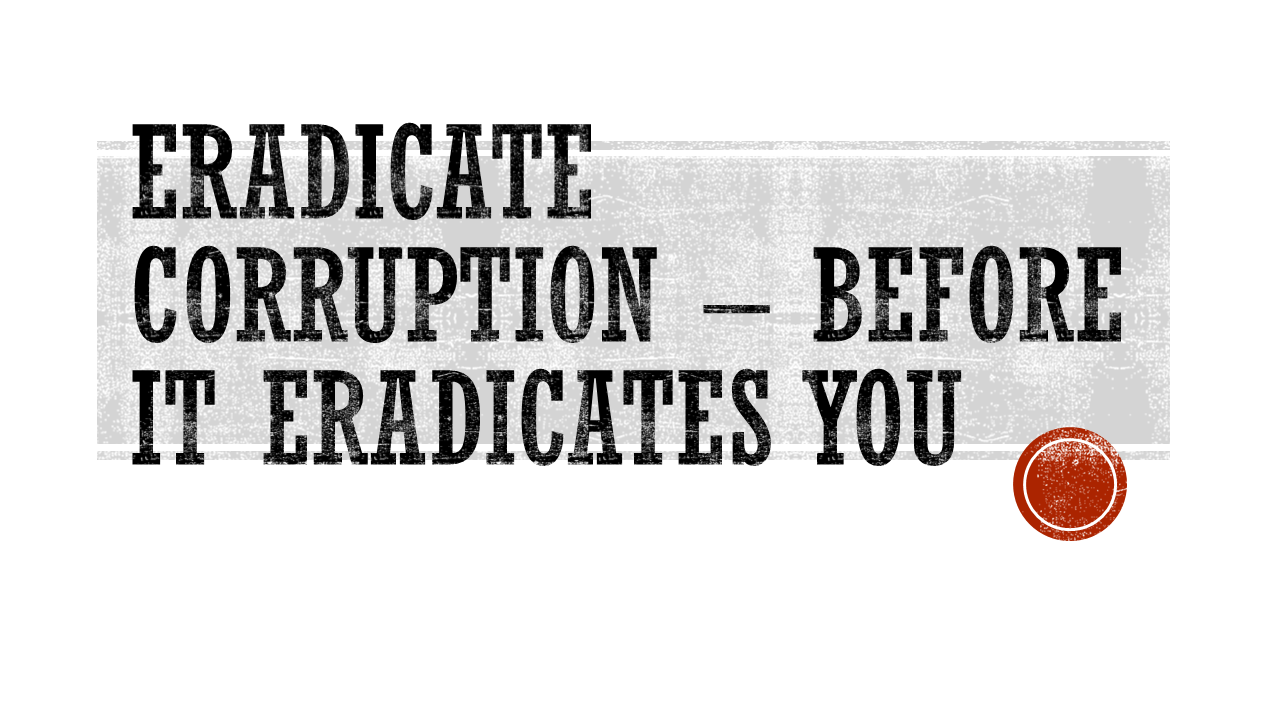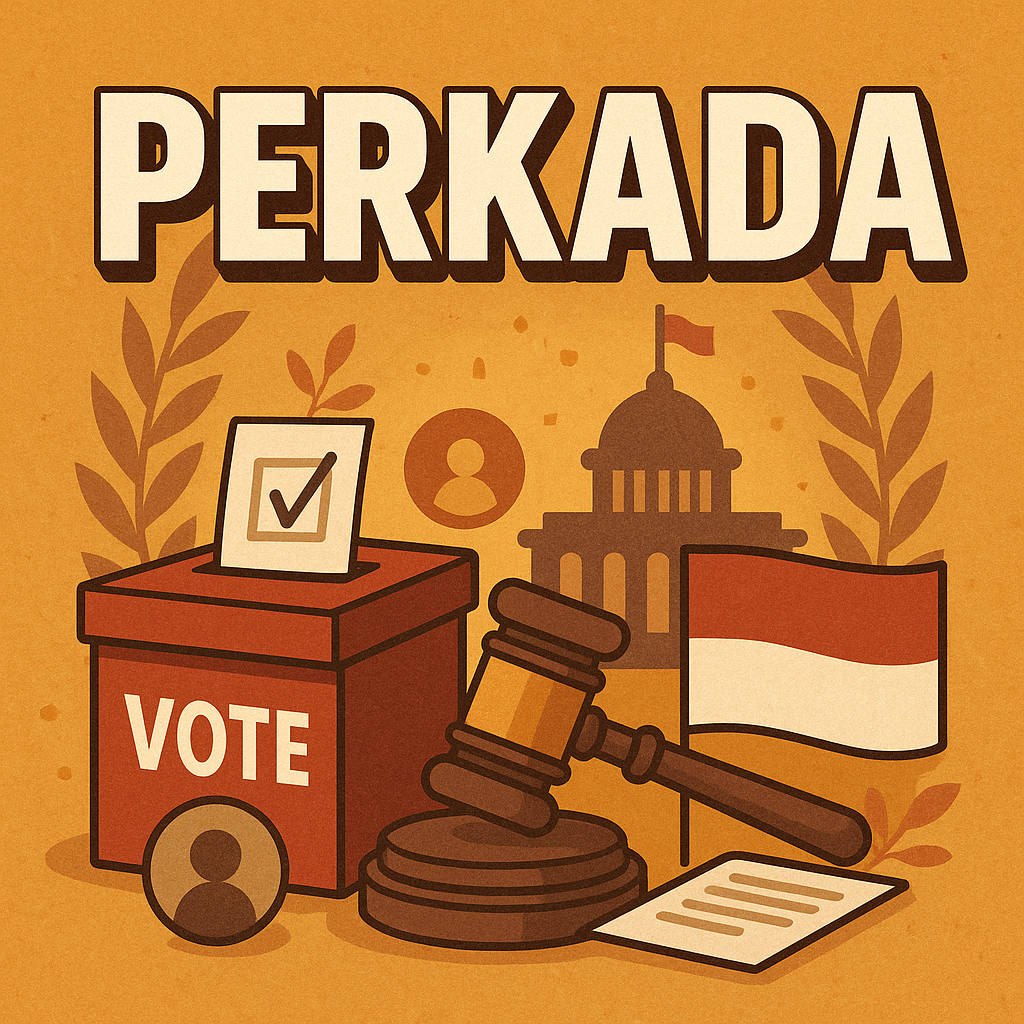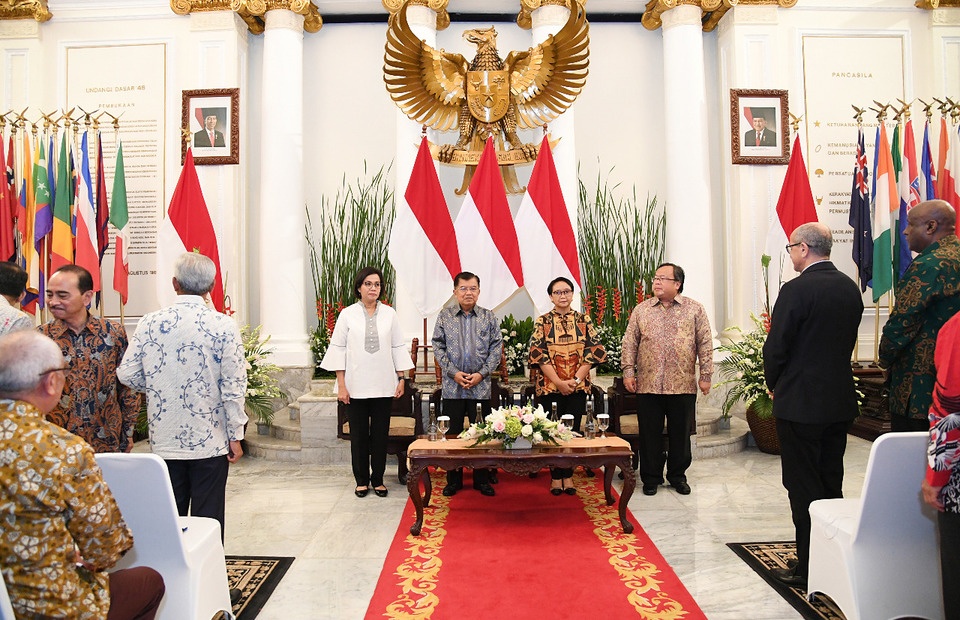Bureaucracy: Challenges and Opportunities for Reform in Indonesian Politics—My Honest Take & Survival Tips
JAKARTA, turkeconom.com – Bureaucracy in Indonesia is a paradox—simultaneously the backbone of governance and the bottleneck of progress. With over 4.2 million civil servants managing 280 million people across 17,000 islands, Indonesian bureaucracy faces monumental challenges: endemic corruption, inefficiency, resistance to reform, and suffocating red tape. Yet opportunities exist through digitalization, merit-based recruitment, and transparency initiatives. After years navigating this maze, I’ve developed survival strategies and witnessed both inspiring reforms and frustrating setbacks. This article provides my honest take on bureaucracy in Indonesian politics, exploring systemic challenges, reform opportunities, and practical survival tips.
Understanding Indonesian Bureaucracy

Historical Baggage
Indonesian bureaucracy carries colonial DNA. The Dutch established rigid, hierarchical systems that persist today. Suharto’s New Order (1966-1998) transformed bureaucracy into a tool for political control and patronage, institutionalizing corruption as civil servants supplemented low salaries with bribes. Post-1998 reforms brought decentralization and anti-corruption drives, but cultural resistance remains formidable.
Current Structure
The system spans central ministries, 38 provinces, 514 districts/cities, and 83,000+ villages. Civil servants range from permanent PNS employees with lifetime tenure to contract workers and honorary staff. This sprawling apparatus struggles with coordination, capacity gaps, and politicization.
Major Challenges
Challenge 1: Endemic Corruption
Corruption permeates every level. “Speed money” expedites permits, procurement kickbacks inflate project costs, and officials buy promotions. When I applied for a business permit, I was offered “facilitation” to reduce processing from 5 months to 2 weeks. I refused and waited—the permit arrived only after filing formal complaints.
Root causes: Low salaries force civil servants to supplement income through bribes. Vague regulations give officials discretionary power. Weak enforcement creates impunity. The World Bank estimates corruption costs Indonesia 2-3% of GDP annually, deterring investment and eroding public trust.
Challenge 2: Suffocating Red Tape
Indonesian bureaucracy is legendary for complexity. Land certification takes years and dozens of signatures. Business licensing previously required 13+ agencies and 47 days. I helped a friend register a café—despite having all documents, we visited five offices over three months, each demanding additional paperwork not listed officially. Four months for a process that should take two weeks.
Causes: Outdated colonial-era procedures, agencies protecting turf, risk-averse officials requiring excessive approvals, and manual paper-based systems. The result: wasted time, corruption opportunities, and stifled innovation.
Challenge 3: Patronage Over Merit
Bureaucracy remains heavily politicized. Appointments and promotions depend on political connections, not competence. After a gubernatorial election in my province, over 200 mid-level officials were transferred—not for incompetence, but for association with the losing candidate. Competent professionals replaced by political loyalists with minimal qualifications.
Consequences: Incompetent decision-making, program disruption, demoralized professionals, and partisan service delivery.
Challenge 4: Capacity Gaps
Many civil servants lack technical expertise and digital literacy. I met district officials responsible for climate adaptation who had zero environmental science training—they relied entirely on consultants. Seniority-based promotion means time served matters more than performance. The best talents flee to private sector’s higher salaries.
Challenge 5: Resistance to Reform
Bureaucracy exhibits fierce resistance to change. Officials employ passive non-compliance, procedural sabotage, and information hoarding. A district government launched an “open budget” portal in 2019 with fanfare. Two years later, it contained incomplete, outdated data because officials “forgot” to update it, citing “technical difficulties.”
Why: Transparency threatens corruption income streams. Change requires learning new skills. Hierarchical culture punishes reformers. Individual innovators face ostracism and career penalties.
Opportunities for Reform
Opportunity 1: Digital Transformation
Technology can dramatically reduce corruption and increase efficiency.
Success Stories:
- OSS (Online Single Submission): Consolidated business licensing into one digital platform, reducing processing from 47 days to hours
- E-Procurement (LPSE): Online procurement reduced costs 10-15% and exposed corruption
- Digital Identity: Single ID number links all services, eliminating duplicates
My Survival Tip: Always check digital alternatives first. OSS, BPJS mobile app, and online tax filing can save weeks of hassle.
Opportunity 2: Merit-Based Systems
Professionalize civil service through competency-based hiring and performance evaluation. CASN computerized entrance exams reduced nepotism (though exam leaks persist). Performance management systems exist but often become formalistic exercises.
Needed: Transparent promotion criteria, competitive salaries, flexible firing for incompetence, and lateral entry for private sector experts.
Opportunity 3: Transparency Mechanisms
LAPOR! (Presidential Complaint Portal): Over 10 million complaints processed with public responses—visible accountability, though response quality varies.
Open Budget Portals: Real-time budget data reduces embezzlement, but data often remains technical and inaccessible.
Freedom of Information Law: Citizens can request documents, but agencies frequently delay or refuse.
Opportunity 4: Local Innovation
Regional autonomy enables experimentation. Surabaya’s smart city initiatives, Banyuwangi’s festival economy, and Sragen’s participatory budgeting show bureaucracy can enable innovation. Challenge: reforms often die when innovative leaders leave office.
Opportunity 5: Generational Change
Younger civil servants bring different values—digital fluency, transparency expectations, meritocracy preference, and purpose-driven motivation. I’ve met young officials who voluntarily created citizen feedback apps despite senior resistance.
Accelerate transition: Fast-track high-potential youth, reverse mentorship for digital skills, and celebrate innovation over “that’s how we’ve always done it.”
Opportunity 6: External Pressure
NGOs, journalists, and citizen movements pressure reform. Investigative journalism exposes corruption. Civic tech movements build tools bureaucracy won’t. Social media campaigns force government responses.
My Survival Tip: When stonewalled, go public. Tweet at agencies, tag ministers, share your story. Public embarrassment works when formal channels fail.
My Honest Survival Tips
1. Know Your Rights
Research official requirements before engaging bureaucracy. Print requirement lists to counter unofficial demands. When an official demanded an “additional document,” I showed him his ministry’s official list—he backed down immediately.
2. Use Digital Channels First
Check online alternatives before visiting offices. Digital systems mean faster processing, transparent requirements, and reduced corruption exposure.
3. Document Everything
Keep copies of all documents, receipts, and correspondence. Take photos of submissions with official stamps. An official once claimed I never submitted a document—my timestamped photo proved otherwise.
4. Build Strategic Relationships
Personal connections still matter. Network respectfully, but never cross the ethical line into bribery. Use connections to navigate complexity, not circumvent rules.
5. Escalate Strategically
When stonewalled, escalate: supervisor → agency head → minister → president. Use LAPOR!, Ombudsman, or media as needed. My neighborhood association collectively complained about slow permits—the district head personally intervened, processing all permits within a week.
6. Stay Calm and Persistent
Bureaucracy tests patience. Angry outbursts give officials excuses to delay. Follow up regularly but politely. Some processes genuinely take time—accept reality while pushing boundaries.
7. Know When to Walk Away
Sometimes bureaucratic cost exceeds benefit. Calculate time, money, and stress versus outcome value. I once abandoned a permit after six months—the business idea wasn’t worth the torture.
The Path Forward
Short-Term (1-2 Years):
Digitize top 50 services, simplify regulations, strengthen complaint mechanisms, publish all budgets online.
Medium-Term (3-5 Years):
Implement competency-based promotions, mandatory training, salary reform, inter-agency coordination mechanisms.
Long-Term (5-10 Years):
Cultural transformation from rule-following to problem-solving, structural reorganization to eliminate redundancy, citizen-centered service design, strong accountability ecosystem.
Conclusion
Indonesian bureaucracy stands at a crossroads. Challenges are immense—corruption, inefficiency, politicization, capacity gaps. Yet opportunities are equally significant—digital technology, generational shifts, transparency tools, local innovation. My honest take: reform is possible but requires sustained political will, cultural transformation, and active citizen engagement. We need bureaucracy that serves rather than rules, enables rather than obstructs. Every citizen who refuses bribes, every official championing transparency, every journalist exposing corruption contributes to transformation. Armed with knowledge, persistence, and these survival tips, we can navigate the current system while building the bureaucracy Indonesia deserves.
Sharpen Your Skills: Delve into Our Expertise on Politic
Check Out Our Latest Piece on Digital Governance: Enhancing Transparency and Civic Engagement!


